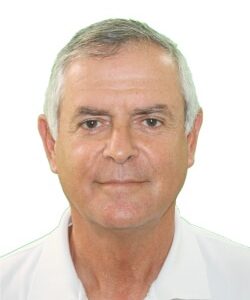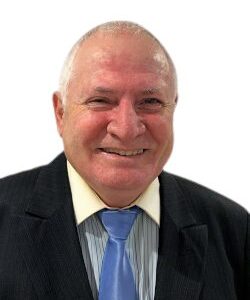LTCC High Pass Filters for mmWave
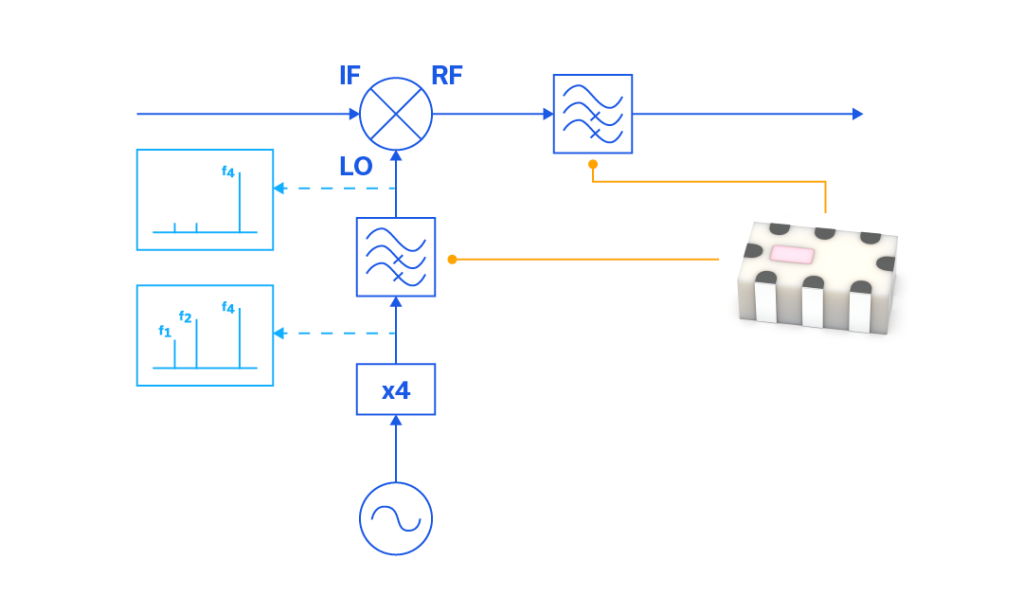
Mini-Circuits has introduced new high pass filters that achieve breakthrough performance for Q-band and lower V-band applications up to 58 GHz. The HFCQ, HFCN, and HFCV LTCC filters offer a combination of low insertion loss, high return loss, excellent rejection, small size, cost-effectiveness, repeatability, ruggedness and reliability. These filters enable designers to cover filter blocks with traditional SMT technology versus more exotic solutions. Key benefits include smaller footprint compared to stripline filters, repeatable performance suited for volume production, and robustness. The filters simplify designs for applications like 5G FR2 and satellite communications. Mini-Circuits’ latest LTCC high pass filters set a new standard for electrical performance and ease of implementation in demanding mmWave systems.
LTCC Filter Innovations Enable Next Generation Aircraft Internet Links

For all the headlines and personal anecdotes lamenting how commercial air travel isn’t what it used to be, there are some clear benefits enabled by recent advances in technology we might be taking for granted. One of these is in-flight internet service. Whether domestic or international, most flights now offer internet service via satellite, allowing passengers to remain connected for personal and business use throughout the majority of their journey.
For most aircraft in service today, the satellite up/downlink connection is achieved with a mechanically steerable antenna mounted to the top of the fuselage. The antenna has a limited range of motion to maintain connection with the satellite while compensating for the movements of the aircraft during normal flight operation. These mechanical systems are now giving way to electronically steerable systems using phased array antennas to deliver more reliable connectivity with lower costs of operation and maintenance for the carriers.
Using LTCC Thru-Lines as Filter Placeholders
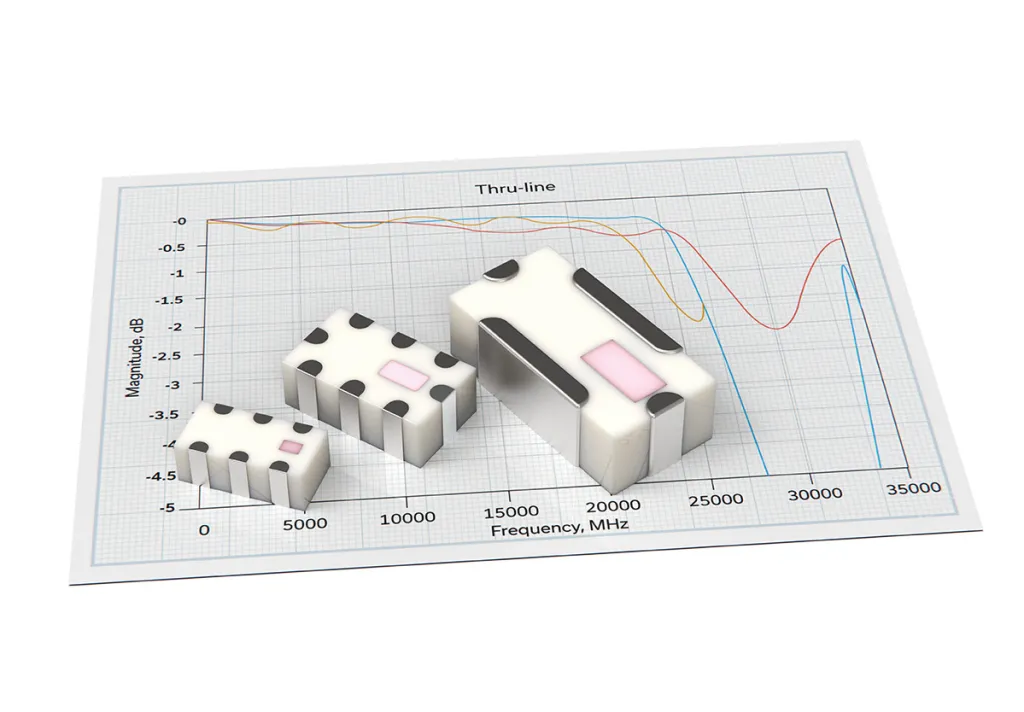
Experienced engineers often take some creative license inserting filters into component cascades to filter out a myriad of undesired signals. For example, mixer spurs at the IF port can be complex, and it’s difficult to predict the net effect of the IF filter on these undesired signals. Often, engineers will first examine the raw, unfiltered mixer spurs in detail as a test to choose the appropriate IF filter. The savviest of these engineers understand the importance of having thru lines in their repertoire with standard footprints to serve as placeholders for filters they may choose to add to the signal chain later in the design process. Sometimes, PC board footprints for filters are added as risk mitigation. In cases where no filtering is ultimately required, thru lines are inserted into these slots to stay.
LTCC Meets 5G: Advanced Filter Designs Achieve True mmWave Performance
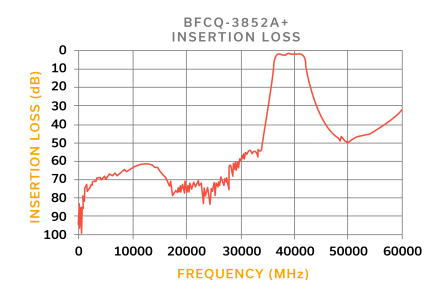
Low Temperature Co-fired Ceramic (LTCC) substrate technology is one major area of Mini-Circuits’ R&D investment. As a result of its long-term investments in materials, manufacturing processes, simulation and testing capability, research on novel circuit topologies, and world-class engineering talent, the company has developed a new series of filters based on LTCC technology that support the millimeter wave (mmWave) 5G market with a small footprint, low cost, and superior performance to competitive products and technologies. This includes the newly developed bandpass filters specifically designed for the 5G FR2 n257, n258, n260 and n261 bandwidths, low pass filters supporting bandwidths from DC up to 30 GHz and beyond, and high pass filters with passband cut-offs up to 36 GHz at the time of this writing.
LTCC Filters Enhance Differential Circuit Designs
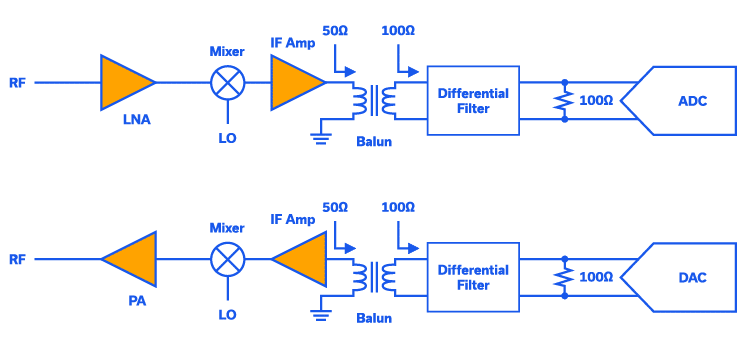
Today’s analog-to-digital converters (ADC) and digital-to-analog converters (DAC) are typically differential circuit designs. Differential circuits provide many advantages over single-ended designs, including common-mode rejection of thermal noise, even order harmonics, and power supply noise and spurs. Additionally, differential circuits allow for half the voltage swing on each output compared to a single-ended design. Discrete transceivers on the other hand are often designed with single-ended, 50Ω matched components such as low noise amplifiers (LNAs), mixers and IF gain amplifiers. To interface with a differential ADCs or DACs, a single-ended-to-differential, or differential-to-single-ended, a transformer or balun is needed.
משיגים הצלחה כבר בסיבוב הראשון ברכיבי LTCC בעזרת מודלים מתקדמים של הדמיית חומרים
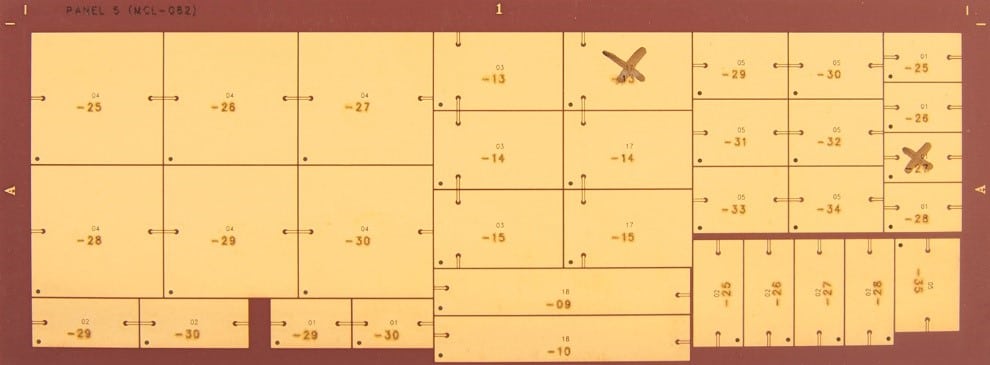
מאז הופעתה של ‘תיאוריית סינתזת רשתות’ (Network Synthesis Theory) בתחילת המאה ה- 21, מתכנני מסננים פיתחו פתרונות בעלי תחכום הולך וגובר, כדי לתרגם פונקציות מעבר פולינומיאליות לרכיבים פיסיים עובדים. גוף הידע על רכיבים מקובצים הוא מבוסס היטב על ‘התנך האדום הגדול’ של מסננים Microwave Filters, Impedance Matching Networks, and Coupling Structures, מאת מטאל, יאנג וג’ונס (Matthaei, Young and Jones), ועבור מבני צימוד בספר Microwave Filters for RF/Microwave Applications. הידע הזה, כשהוא משולב בזמינותם של כלי תוכנה מתקדמים לניתוח מסננים עם אלגוריתמים ממוסחרים לפתרון מקיף וממוחשב, כדוגמת שיטת המומנטים (MoM) ושיטת האלמנטים הסופיים (FEM), סיפקו למתכננים ערכת כלים רבת יכולת שמאפשרת לממש הן טופולוגיות ידועות וגם טופולוגיות שרירותיות.
Achieving First-Spin Success in LTCC Components with Advanced Material Simulation Models

Since the advent of Network Synthesis Theory at the turn of the last century, filter designers have been developing ever more sophisticated solutions to translate polynomial transfer functions into working, physical components.



